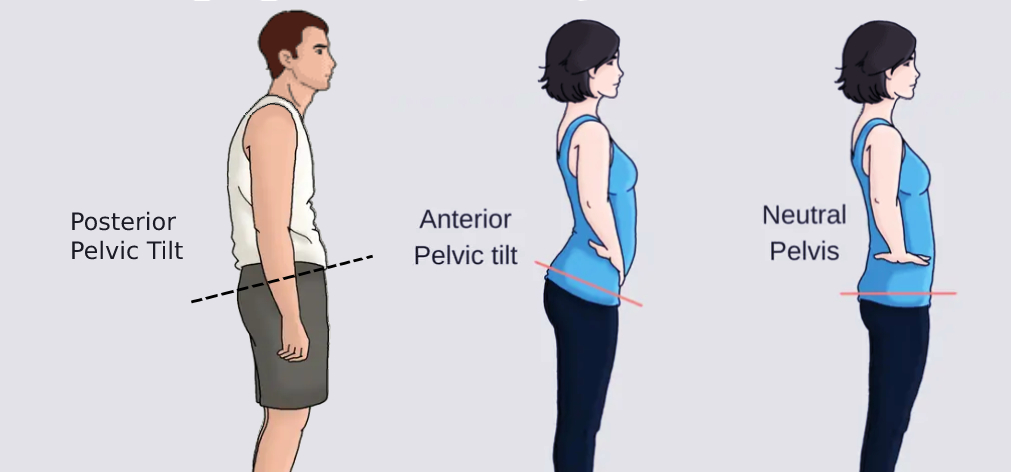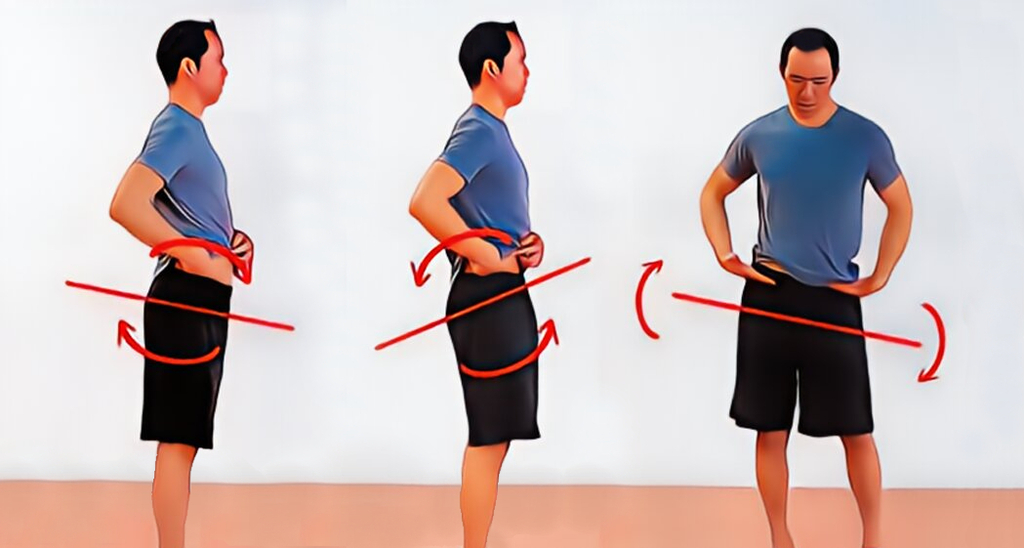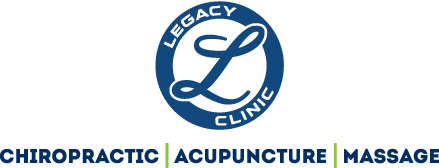
Often, posterior pelvic tilt and body posture imbalances occur due to a lack of movement. Stretching the muscles in your legs can be helpful in improving posture. Legacy Clinic of Chiropractic is renowned for its expert chiropractic services in The Villages. Their advanced treatment and expert guidance can help you with pelvic tilt problems. Now, let’s discover what pelvic tilt is, the types of pelvic tilt, causes, symptoms, and how you can treat it:

What is pelvic tilt?
The imbalance of muscles can lead to movement dysfunction. A pelvic tilt occurs when your pelvic muscle leans too much toward one side. It is a postural abnormality that develops when your pelvic muscles stay in one position for a long time. For instance, sitting on an uncomfortable chair for several hours can lead to the development of pelvic tilt.
In several pelvic tilt cases, the hip extensor and flexor muscles are involved. As these muscles are attached to the pelvic region, you may experience other pelvic area muscles tightening. The pelvic region muscles involved are rectus femoris, psoas major, and quadratus lumborum. These muscles are responsible for good posture and bad posture.
What are the types of pelvic tilt problems?
There are three types of pelvic tilt;
- Lateral pelvic tilt
- Anterior pelvic tilt
- Posterior pelvic tilt
Let’s discuss posterior pelvic tilt in detail.
Posterior pelvic tilt:
Posterior pelvic tilt occurs when your glutes tuck inwards direction and the upper body rounds back. The main reason is lack of movement which leads to weak leg muscles, improper balance, and poor posture. The posterior pelvic tilt applies excess stress on your lower back which can eventually lead to back pain and sciatica. Sciatica refers to the pain that can run down from you to the thigh. The main contributor to posterior pelvic tilt is the thigh hamstring muscles.
Common causes of posterior pelvic tilt:
The common cause of posterior pelvic tilt is the tight hamstring and glute muscles pulling the bottom pelvis below while the front of the pelvis tilts upward. Also, the tight abdominal muscle pulls the pelvis region upward direction which causes posterior pelvic tilt issues.
What symptoms do I experience If I have posterior pelvic tilt?
When you excessively backward tilt your pelvis, it can negatively affect your posture and lead to pain. The common symptoms of posterior pelvic tilt include:
- Back pain, weakness
- Knee pain
- Hip pain
- The appearance of tucked glutes
- Tightness of hamstring muscles
Exercises for posterior pelvic tilt
It’s possible to correct your posterior pelvic tilt issue with the exercises. Here are some exercises that help you to get rid of symptoms of posterior pelvic tilt issues.
- Static hamstring stretch
- Superman Stretch
- Cobra stretch
- Foam roll
1. Static hamstring stretch:
In this exercise, you need to sit on the hard chair and stretch out one leg. Now, bend from the hip until you feel the stretch. Keep your back straightened during a static hamstring stretch. Hold for up to 30 seconds and relax yourself. Now switch the exercise to the other leg.
2. Superman:
For the Superman exercise, you can lie on the floor on your stomach side and stretch your both arms. Now lift the chest off the floor and hold the position for up to 30 seconds. Repeat the process for 3 sets.
3. Cobra:
During the Cobra stretch, start with the belly facing down to the floor. Now, angle your legs with the thighs and breathe to the next movement. Then, gently bend your elbow and push yourself upward until you feel an extension on the back. Take a deep breath in and out during the pose.
4. Foam roll:
The foam roll is also referred to as self-myofascial release. The foam roll is similar to massage therapy which helps to relieve the tension in several parts of the body. For that, lay on one side and put the foam roll in the calves area. Now slowly roll it to your calves and focus on the target point. The target point is the area where you experience extra tension. Roll over this for up to 30 seconds. Now switch the leg and repeat the process. You can also use foam roll to perform the exercise on your thighs.
Unlocking Well-Being: Legacy Clinic of Chiropractic’s Approach to Posterior Pelvic Tilt
At Legacy Clinic of Chiropractic, we understand the significance of addressing issues like posterior pelvic tilt for overall well-being. The article provides valuable insights into recognizing and managing this condition, shedding light on its impact on posture and daily activities. Our team of experienced chiropractors is dedicated to helping individuals regain balance and alleviate discomfort associated with pelvic tilt. Apart from this we also provide services like prp injections therapy, kinesio taping, custom orthotics, flexion distraction, spinal decompression, physiotherapy, acupuncture and many more. Through our personalized treatment plans and expert guidance, we empower our clients to embrace a healthier, pain-free lifestyle. Discover the transformative effects of chiropractic care at Legacy Clinic, where your journey to optimal health begins.
Conclusion:
In conclusion, recognizing the signs and seeking professional guidance is crucial for effectively managing posterior pelvic tilt. Legacy Clinic of Chiropractic stands as a beacon of expertise and compassion, committed to assisting individuals on their path to improved health. Don’t let pelvic tilt compromise your well-being – trust our skilled chiropractors to guide you toward a balanced and pain-free life. Take the first step today and experience the transformative care that sets Legacy Clinic apart in the realm of chiropractic wellness.
Also Read: 4 Best Posture Exercises that can improve your posture
